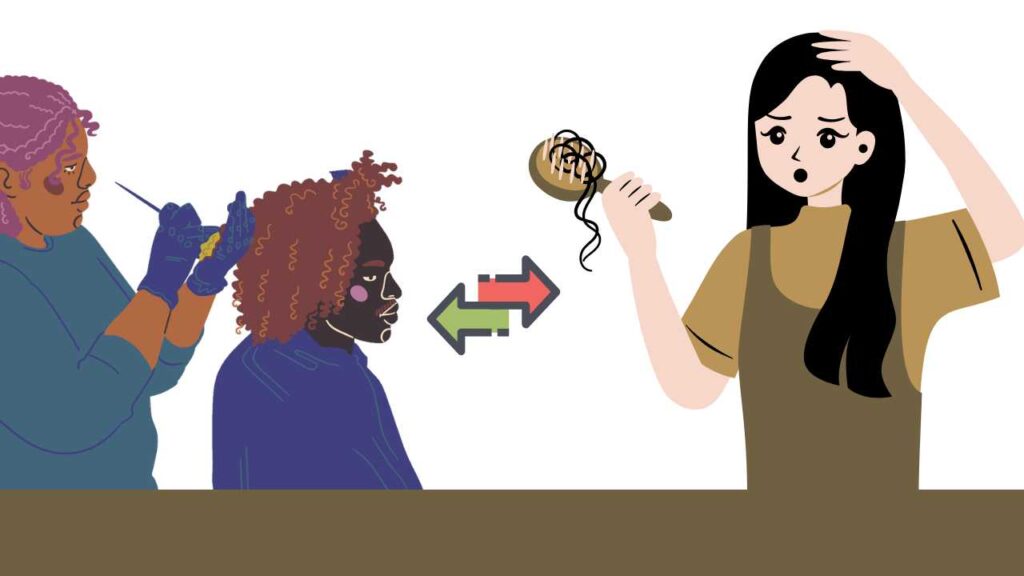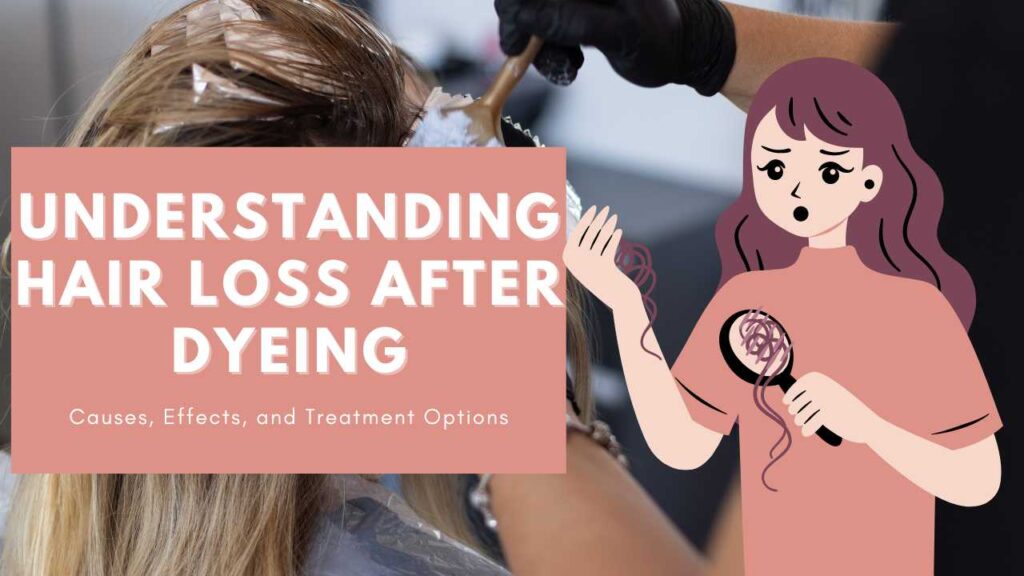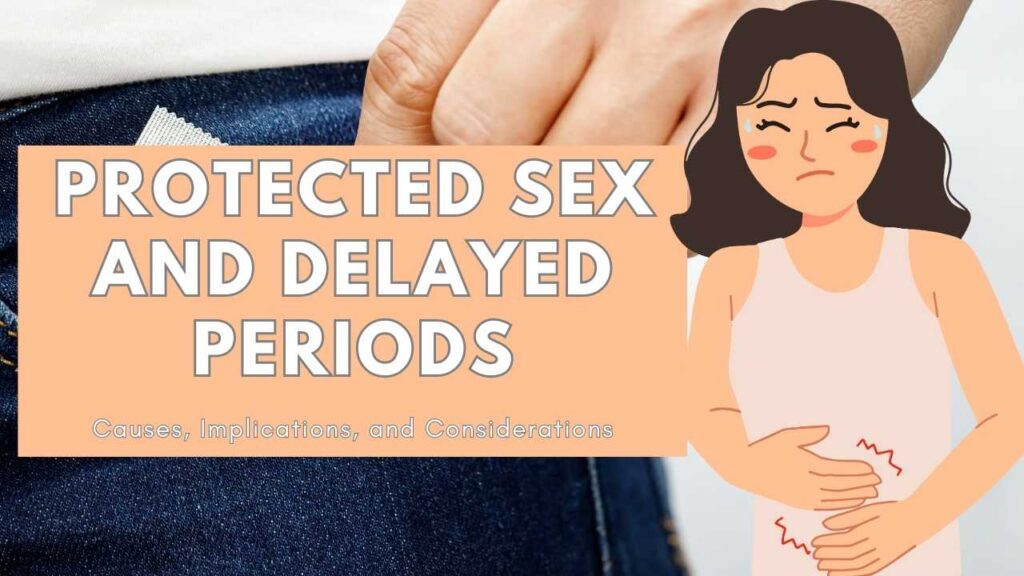Experiencing hair loss after dyeing your hair can be a cause for concern. Many individuals have noticed increased hair shedding or even bald patches after coloring their hair. In this article, we will delve deeper into the reasons behind hair loss after dyeing, discuss the potential effects of hair dye on hair health, and provide insights into effective treatments and preventive measures. Whether you’ve recently noticed a hair fall or want to safeguard against it, this comprehensive guide aims to equip you with the knowledge to make informed decisions about hair dyeing.
The Link Between Hair Dye and Hair Loss

Hair dyeing involves the application of chemicals that alter the color of your hair. While hair dye itself may not be the direct cause of hair loss, certain factors related to the dyeing process can contribute to hair fall. These factors include:
Chemical Sensitivity: Some individuals may be more sensitive to the chemicals present in hair dyes, such as ammonia and paraphenylenediamine (PPD), leading to scalp irritation and subsequent hair shedding.
Scalp Damage: Aggressive hair dyeing techniques, excessive heat, or improper application can damage the scalp, leading to weakened hair follicles and increased hair loss.
Understanding Hair Growth and the Effects of Hair Dye
To comprehend why hair loss occurs after dyeing, it’s essential to understand the natural hair growth cycle. Hair growth happens in three stages: the anagen (growth) phase, the catagen (transitional) phase, and the telogen (resting and shedding) phase. Hair dyeing does not directly impact the anagen phase, but it can disrupt the telogen phase, leading to increased hair shedding.
Effects of Hair Dye on Hair Health
While hair dyeing can cause temporary hair shedding, it does not necessarily stop hair growth altogether. However, certain factors associated with hair dye use can affect hair health:
Chemical Damage: Harsh chemicals present in some hair dyes, such as ammonia and hydrogen peroxide, can weaken hair strands and lead to breakage.
Dryness and Brittle Hair: Hair dyeing can strip the hair of its natural oils, resulting in dryness, brittleness, and an increased risk of hair breakage.
Identifying Common The Link Between Hair Dye and Hair Loss After Dyeing

Different individuals may experience various hair loss patterns after dyeing. These patterns may include:
Increased Hair Shedding: It is normal to experience a temporary increase in hair shedding for a few weeks after dyeing due to the disruption of the hair growth cycle. This shedding usually subsides as the hair cycle returns to normal.
Patchy Hair Loss: In some cases, hair dyeing can trigger an autoimmune response, resulting in patchy hair loss known as alopecia areata. This condition causes the immune system to attack hair follicles, leading to hair loss in localized areas.
Treating and Preventing Hair Loss from Hair Dye
While hair loss after dyeing is often temporary and resolves on its own, there are steps you can take to minimize the risk and promote hair health:
Choose Gentle Hair Dyes: Opt for hair dyes that are free from harsh chemicals like ammonia and PPD to reduce the risk of scalp irritation and hair damage. Look for natural or organic hair dye alternatives that are gentler on the hair and scalp.
Perform a Patch Test: Before applying hair dye all over your scalp, perform a patch test to check for any allergic reactions or sensitivities. Apply a small amount of the dye to a small area of the skin, typically behind the ear, and observe for any adverse reactions for 48 hours.
Maintain Proper Hair Care: Follow a regular hair care routine that includes moisturizing, deep conditioning, and gentle handling to keep your hair healthy and minimize breakage. Use sulfate-free shampoos and conditioners formulated for color-treated hair to maintain moisture balance and prevent further damage.
Limit Heat Styling: Excessive heat from styling tools like flat irons, curling irons, and blow dryers can further damage already weakened hair. Minimize heat styling as much as possible and always use a heat protectant spray when heat styling is necessary.
Ensure a Balanced Diet: Proper nutrition is essential for healthy hair growth. Include foods rich in vitamins, minerals, and protein in your diet to support hair health. Foods like leafy greens, nuts, fish, eggs, and lean meats can provide the necessary nutrients for strong and vibrant hair.
Seek Professional Assistance: If you’re concerned about hair loss or experiencing significant shedding after dyeing, it is recommended to consult a professional hairstylist or a dermatologist for personalized advice and guidance. They can evaluate your specific situation and provide appropriate treatment options tailored to your needs.
Conclusion
Experiencing hair loss after dyeing can be distressing, but it is important to understand that it is often a temporary condition. By understanding the potential causes, effects, and preventive measures, you can take proactive steps to maintain hair health and minimize the risk of hair loss. Remember, consulting a professional can provide you with valuable insights and personalized solutions for your specific hair care needs. With proper care and informed decision-making, you can enjoy the benefits of hair dyeing while preserving the health and vitality of your hair.



